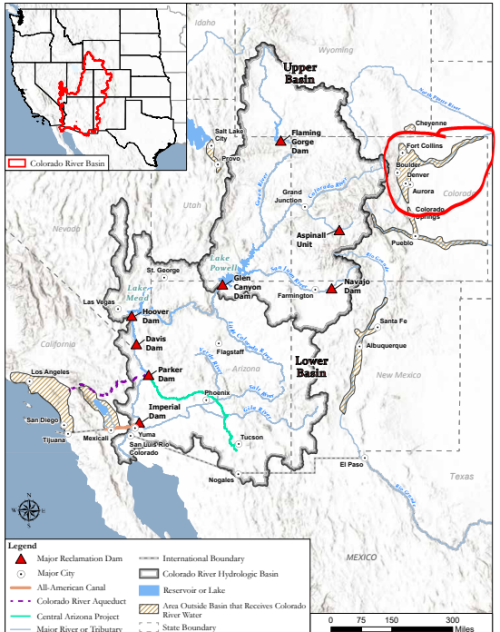OriginalOscar
Active member
This is what SL-Trib would like to say - "Damn rural people! Living on the land, producing commodities and cash to provide for others and their families. If they would move to cities, the land could be sold; developed for more housing and we could use the water for new residents! Hopefully more liberal refugees dreaming of living in the rural west."Interesting article (1st of a series) in the SL Tribune here. It says subscribers only, but I, a non subscriber, was able to read it.
It says 68% of diverted water in Utah goes to alfalfa and hay production. Of that production, 29% is shipped overseas.
Utah's population 1920 was 450K with extensive agriculture. Utah's population 2020 3.3M with little agriculture remaining. Agriculture is not the problem and SL-Trib is not news!













